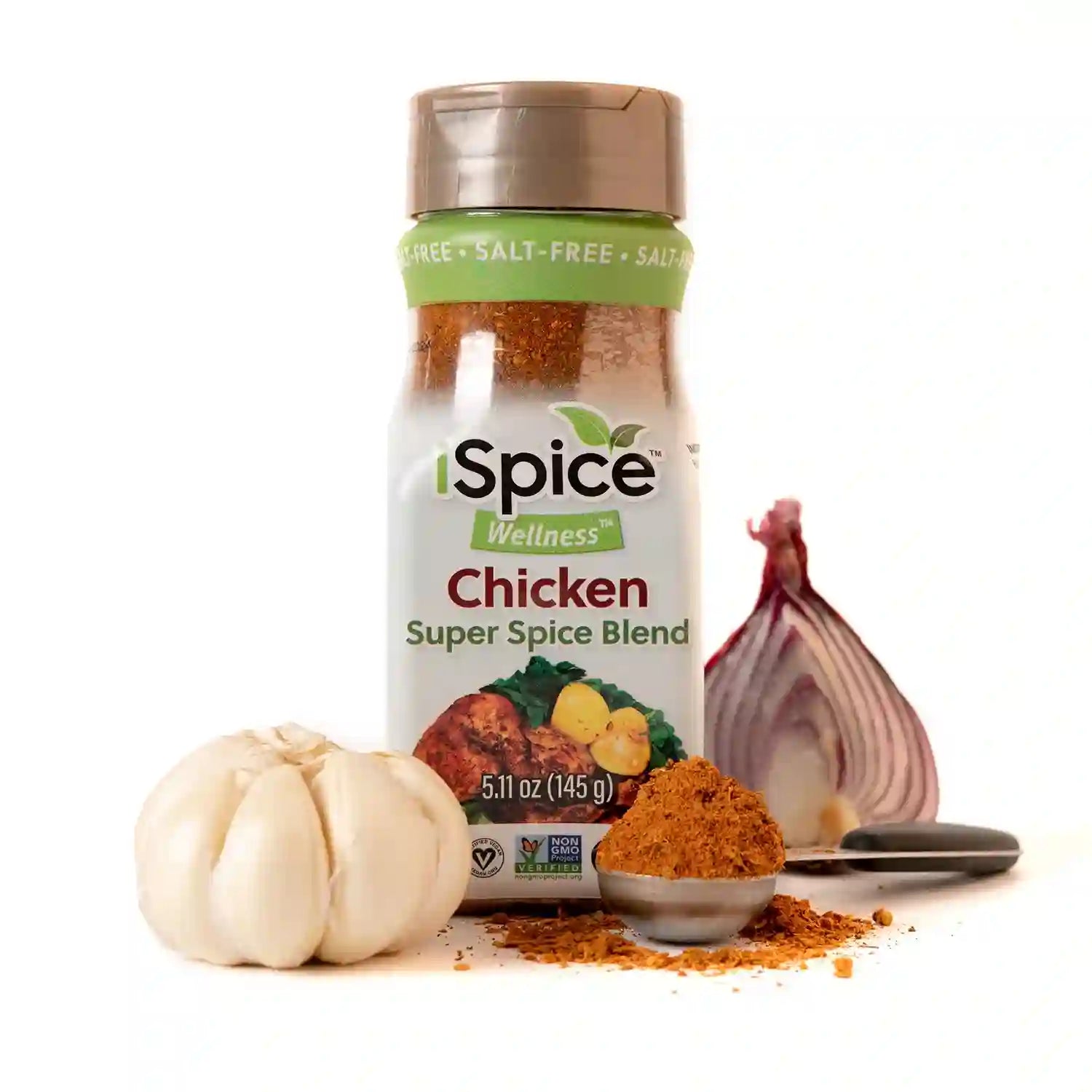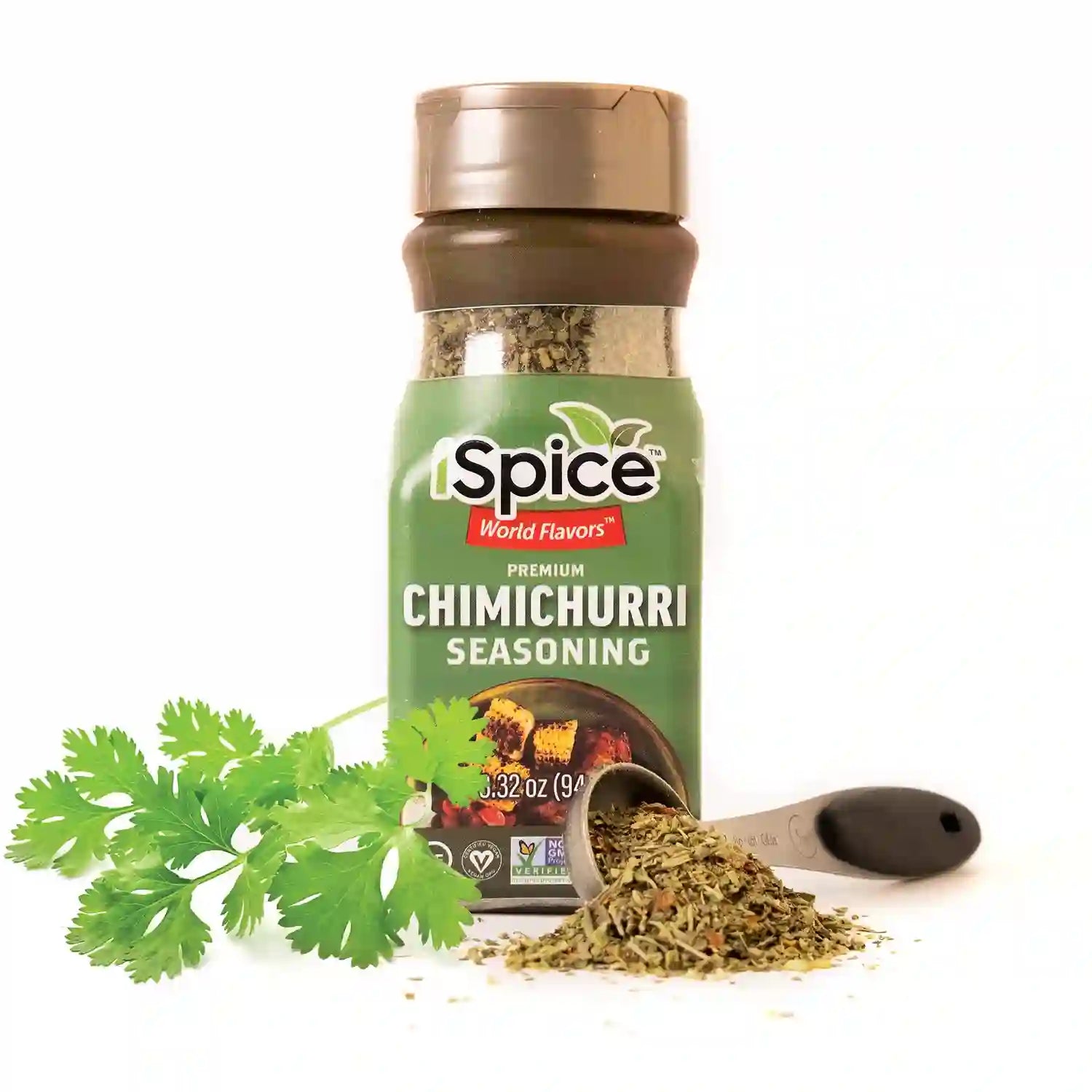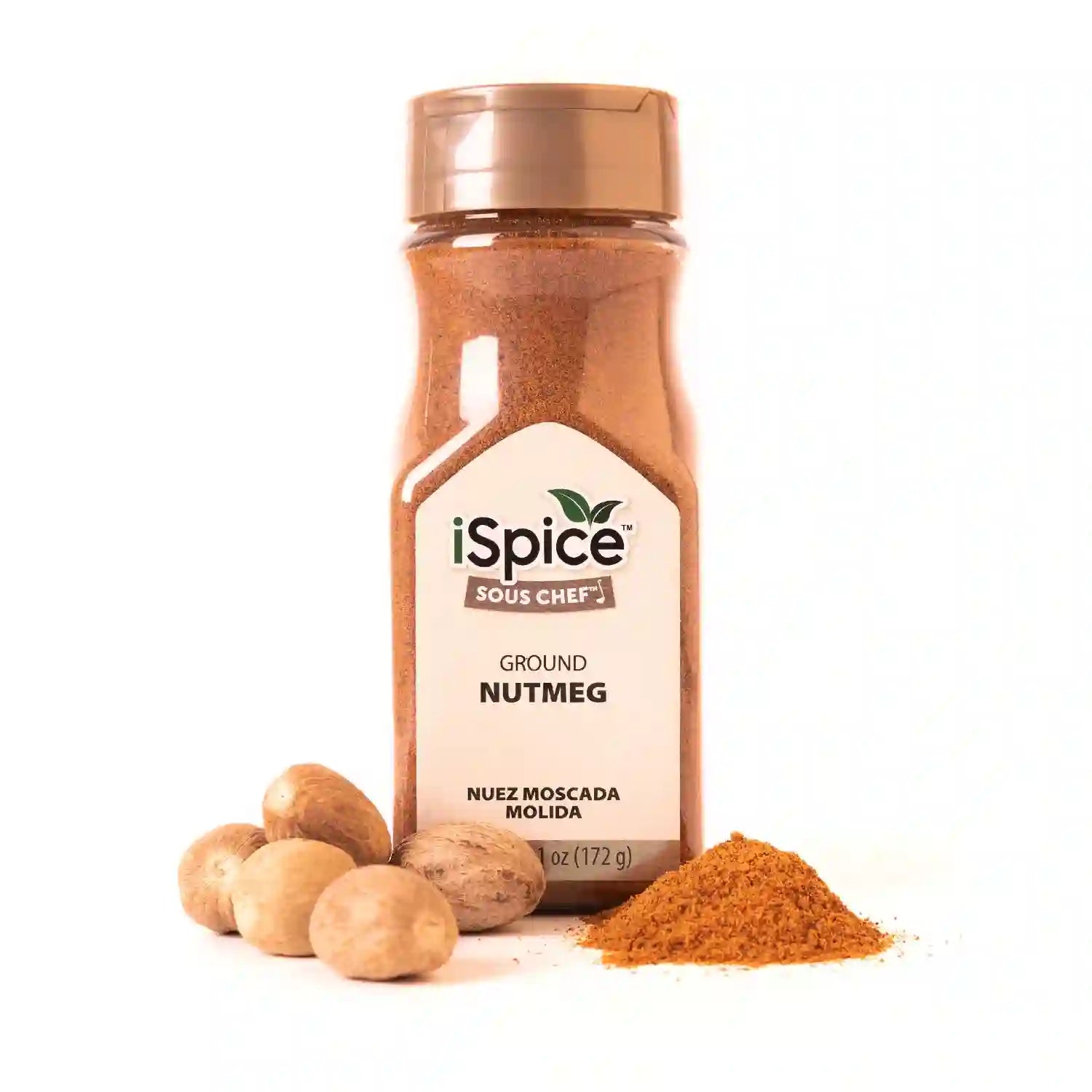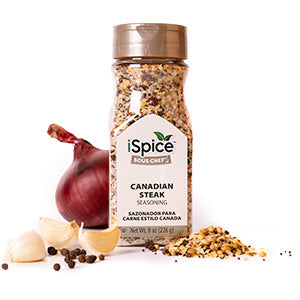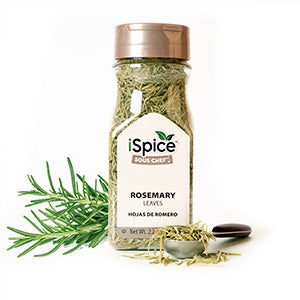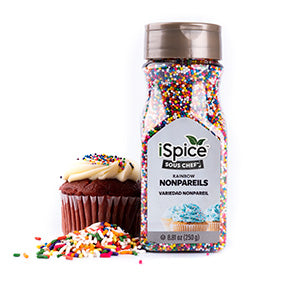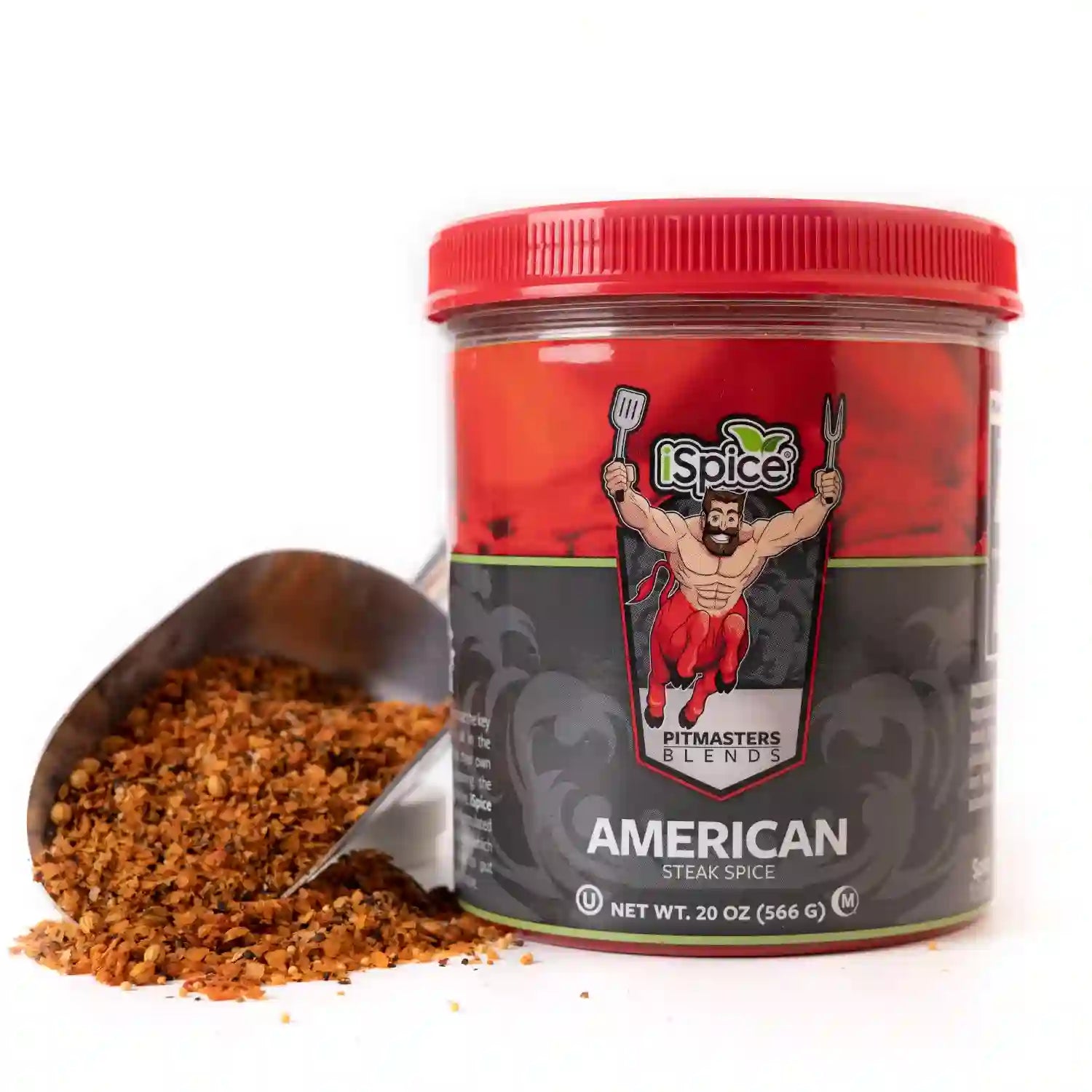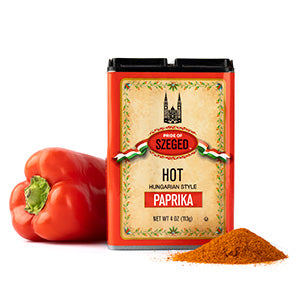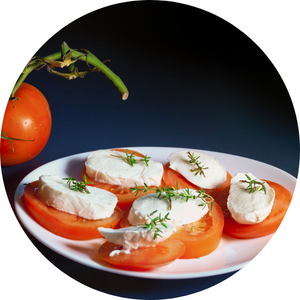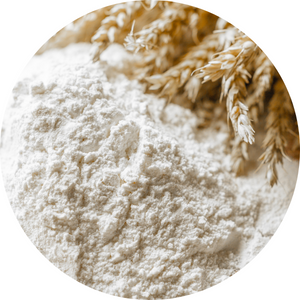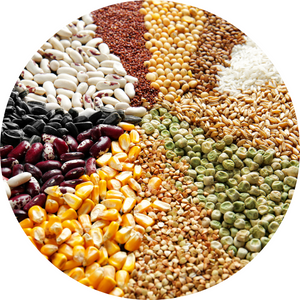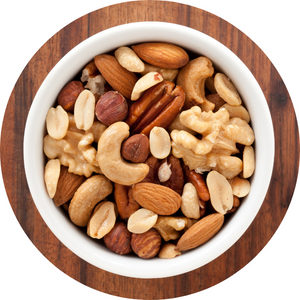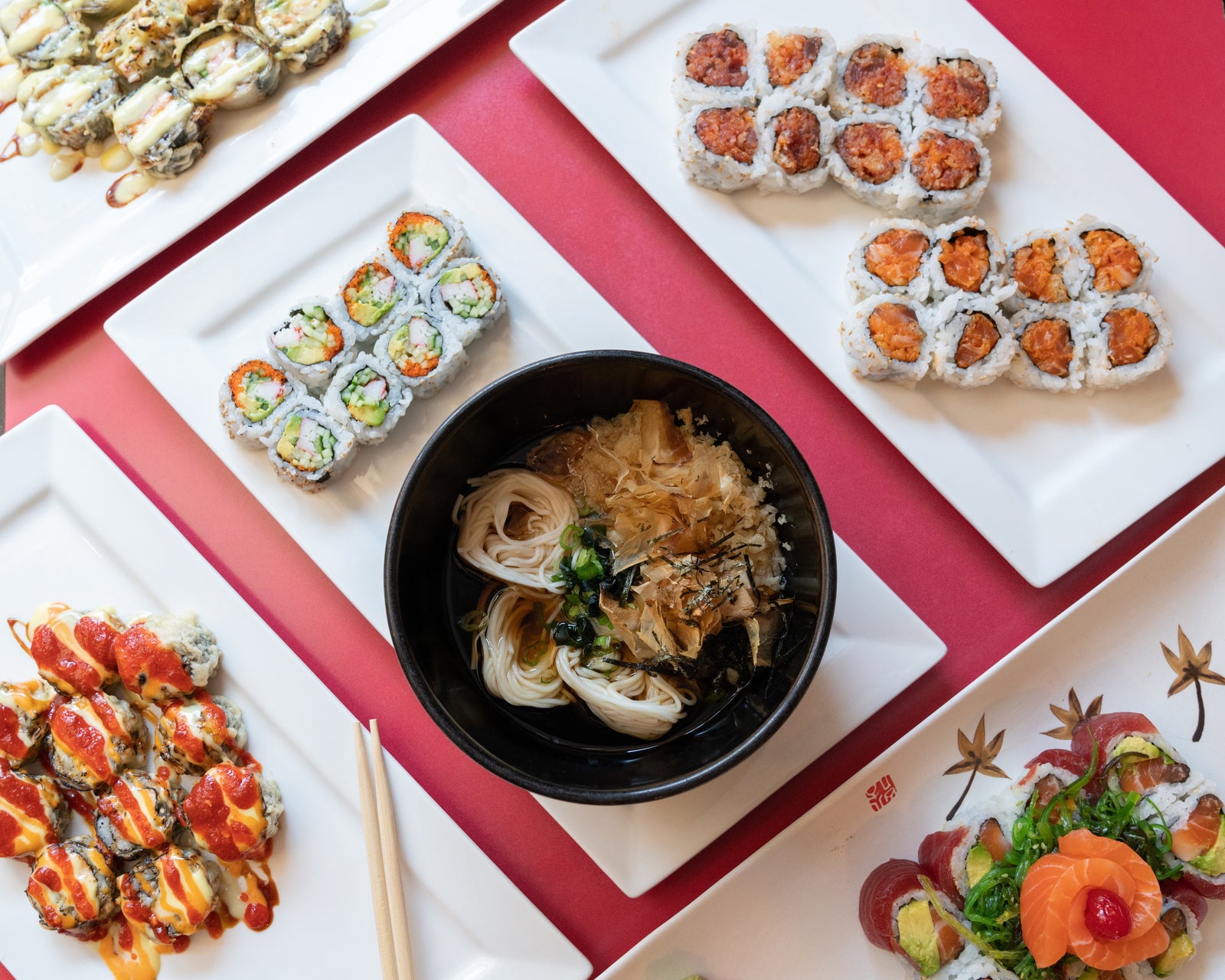Exploring Mace: The Lesser-Known Sibling of Nutmeg and Its Culinary Uses
Have you ever reached for nutmeg to add that warm, aromatic touch to your holiday pies or cozy stews, only to wonder about its intriguing counterpart, mace? Often overshadowed by its more famous sibling, mace spice is a hidden gem in the world of seasonings. Derived from the same tropical tree, mace offers a delicate, nuanced flavor that's perfect for both sweet and savory dishes. In this blog post, we'll dive into what mace is, its origins, how it differs from nutmeg, and explore its versatile culinary uses. Whether you're a home cook looking to experiment or a spice enthusiast seeking new inspirations, understanding mace can elevate your cooking game and bring unique twists to your recipes.
If you're searching for "what is mace spice" or "mace vs nutmeg," you've come to the right place. Let's uncover the secrets of this underappreciated spice and discover why it deserves a spot in your pantry.
What is Mace? Origins and History of This Exotic Spice
Mace is the lacy, reddish-orange aril (or outer covering) that envelops the nutmeg seed within the fruit of the Myristica fragrans tree, native to the Banda Islands in Indonesia's Moluccas, also known as the Spice Islands. This evergreen tree produces a drupe-like fruit that splits open to reveal the vibrant red mace surrounding the dark brown nutmeg seed. Once harvested, the mace is carefully removed, flattened, and dried, turning it into the brittle, golden-orange blades or ground powder we use today.
Historically, mace and nutmeg have been prized for centuries, dating back to ancient Asian cuisines where they were used not just for flavor but also for their perceived medicinal properties. By the Middle Ages, these spices became symbols of luxury in Europe, traded along the Spice Route and even sparking colonial conflicts, such as the Dutch monopoly in the 17th century. Indigenous to Indonesia, mace's journey to global kitchens highlights its enduring appeal, though it's often less recognized than nutmeg due to its subtler profile.
Today, mace is cultivated in regions like Grenada, India, and Sri Lanka, and it's celebrated for its warm, slightly pungent aroma that's reminiscent of nutmeg but with a brighter, more citrusy note. If you're curious about "mace spice origin," this tropical heritage is what gives it that exotic edge in modern cooking.
Mace vs. Nutmeg: Understanding the Key Differences
At first glance, mace and nutmeg might seem interchangeable, but they have distinct characteristics that set them apart. Both come from the same fruit: nutmeg is the inner seed, while mace is the delicate, web-like membrane that covers it. Visually, nutmeg is a hard, brown nut, whereas mace dries into thin, blade-like strips that are bright red when fresh and amber when processed.
Flavor-wise, nutmeg offers a sweeter, nuttier warmth with hints of woodiness, making it ideal for bold, hearty dishes. Mace, on the other hand, is milder and more refined, with subtle peppery, floral, and citrus undertones—think a cross between nutmeg and black pepper, but less intense. This makes mace perfect for lighter recipes where you want nuance without overwhelming the other ingredients.
In terms of usage, you can often substitute one for the other at a 1:1 ratio, but mace's delicacy shines in applications where nutmeg might feel too heavy. For those googling "mace vs nutmeg," remember: mace is the elegant outer layer, offering a sophisticated twist on its sibling's familiar taste.
Culinary Uses of Mace: From Sweet to Savory Delights
Mace's versatility makes it a staple in global cuisines, adding depth to everything from baked goods to savory mains. In European cooking, it's a classic in sauces like béchamel, potato gratins, sausages, and meat pies, where its subtle sweetness enhances creamy or meaty flavors. Indian and Asian dishes often feature mace in spice blends like garam masala, curries, chutneys, and rice pilafs, toasted with cardamom or cloves for aromatic warmth.
For sweet treats, mace elevates donuts, cookies, custards, and fruit-based desserts, providing a gentle spice without the heaviness of nutmeg. It's also fantastic in beverages like hot toddies or mulled wine, and in savory applications such as soups, stews, pâtés, and fish dishes. If you're exploring "culinary uses of mace," start with these ideas to infuse your meals with its unique essence.
Delicious Recipes Featuring Mace Spice
Ready to try mace in your kitchen? Here are a few simple, flavorful recipes that highlight its potential:
- Mace-Spiced Carrot Cake: Add 1/2 teaspoon of ground mace to your favorite carrot cake batter for a citrusy lift that complements the carrots and cream cheese frosting.
- Chewy Lemon & Blueberry Mace Oatmeal Cookies: Mix in dried blueberries, lemon zest, and 1 teaspoon of mace for chewy cookies with a bright, spiced twist.
- Ginger and Mace Scented Orange Bread: Use olive oil, cornmeal, fresh ginger, and mace in this quick bread for a moist, aromatic loaf perfect for breakfast.
- Savory Root Vegetable Stew with Mace: Simmer carrots, potatoes, and parsnips with a pinch of mace, thyme, and broth for a comforting, spiced vegetarian dish.
- Mrs. Morrison's Mace Cake: A classic pound cake with butter, eggs, flour, and a tablespoon of mace for a simple yet elegant dessert.
These "recipes using mace spice" are easy to adapt and showcase how mace can transform everyday meals.
Tips for Using Mace in Cooking: Expert Advice
To make the most of mace, buy whole blades for fresher flavor and grind them as needed with a mortar and pestle or spice grinder. Start small—a pinch goes a long way—since its potency can overpower dishes. Toast whole blades lightly before grinding to enhance aroma, especially in curries or blends.
Pair mace with fruits, lighter proteins like chicken or fish, dairy-based sauces, or vegetables like spinach and potatoes. Store it in an airtight container away from light and heat to preserve its essence. If you're new to "how to use mace in cooking," experiment in familiar recipes like stews or baked goods for surprising results.
Conclusion: Embrace Mace in Your Culinary Adventures
Mace, the lesser-known sibling of nutmeg, brings a world of flavor and history to your table. From its Indonesian origins to its role in diverse cuisines, this spice is a must-try for anyone passionate about cooking. Whether you're whipping up a mace-infused cake or a savory stew, its delicate profile can inspire creativity and add sophistication to your meals.
Next time you're stocking your spice rack, don't overlook mace—it's a simple way to attract new tastes and perhaps even some health benefits. Share your favorite mace recipes in the comments below, and explore more spice guides on our site for endless inspiration. Happy cooking!

